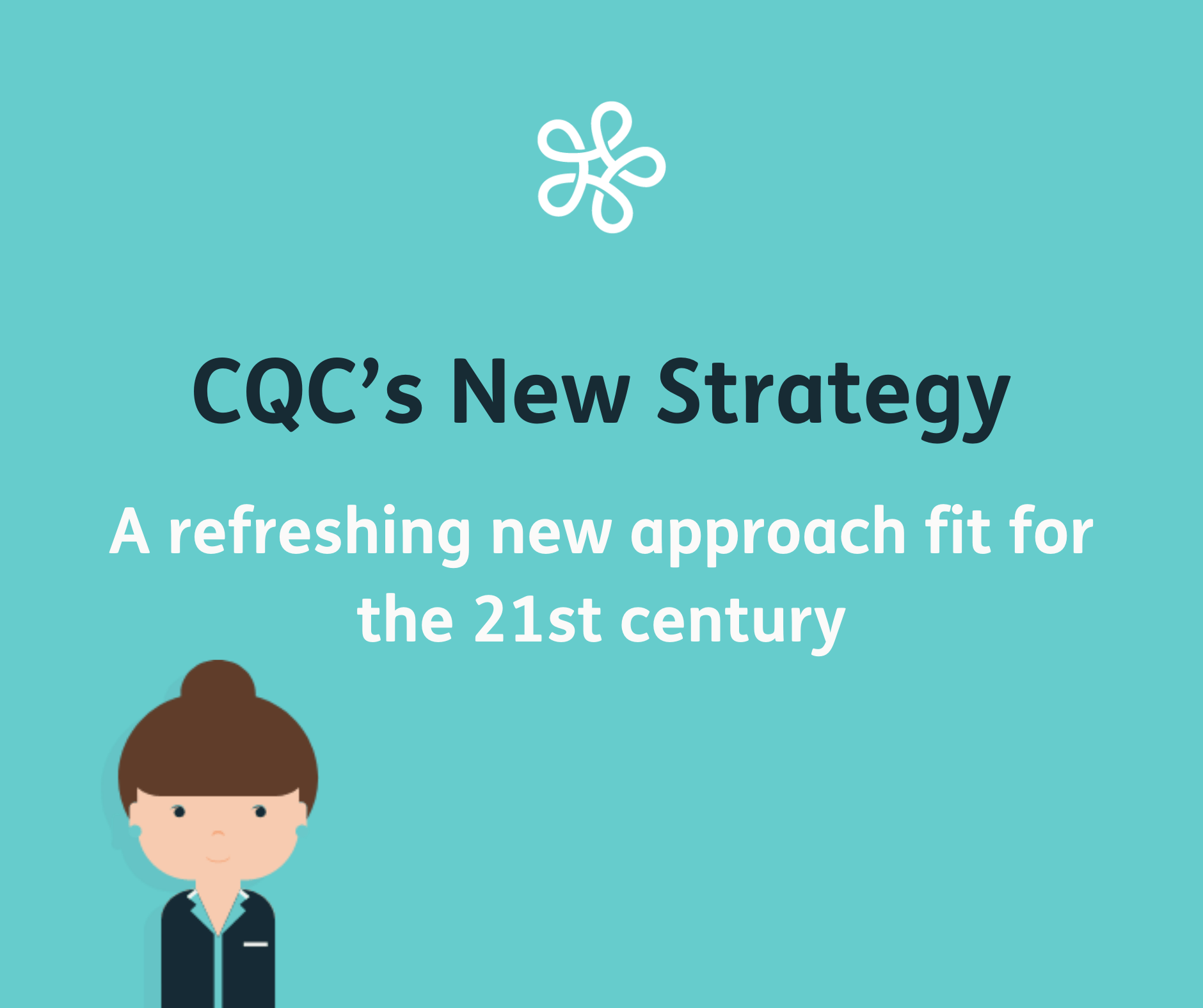Why a New Strategy Now?
The nature of health and social care services is constantly evolving – and it evolves because of different drivers – the cohort of people, prevalence of disease and frailty, socio-economic factors, ethics, and values. All these factors evolve, with some changing faster than others. Hence a regulator needs to adjust its approach to adapt to an ever-evolving system.
The Care Quality Commission has a difficult task ahead – the pandemic hit providers hard. CQC had to adapt, suspending routine inspections, engaging with providers remotely, and continuously updating providers on guidance.
With an approach that is traditionally focused on positive engagement with people receiving care and their families, on soft evaluation of culture and the ‘feel’ of providers (an approach that became popularised as the “mum test”), losing physical access to people receiving care and to the places where they live, meant that assessing people’s experience became extremely difficult.
At the same time, transfers of care were put under the spotlight – transfers of care have been a problem for a while, with real impact on quality of care due to lack of continuity. People being discharged from a hospital into a care home have traditionally experienced issues resulting from a lack of coordination or information not being shared (for example no discharge notes, no record of changes to medication, main symptoms, or diagnosis or how to manage new symptoms being shared with care services), often leading to care teams being asked to welcome a person back from hospital at a moment’s notice.
Stories abound of registered managers having to walk the fine line between wanting to support people, while ensuring they do it safely, when an unannounced ambulance crew knocks on the door on a Friday afternoon to discharge a patient back to their home after three weeks in hospital – with the registered manager being expected to keep this person safe without any context until the following Monday.
But the issues with lack of coordination are more pervasive than just transfers of care – assessments of people who have life impairing long-term conditions and social care needs are often done by different entities regarding their health care needs, and their social care needs – a cumbersome, inefficient, ineffective process, and above all, confusing for people who are already dealing with a lot in their lives.
These are some of the reasons driving the restructuring of how care is commissioned across England – with 42 Integrated Care Systems (ICSs) bringing health and social care commissioning of care within a region under the same governing structure.
The focus on integration through restructuring of ICSs will create opportunities for improving the efficiency of the whole system, but we need to ensure that it delivers better experiences for people receiving care. The CQC acknowledges this – and has done substantial consultation, a significant part of it with people with lived experience. So this is a strategy that recognises that there is a lot happening in terms of commissioning, relationships between social care, primary care and community and acutes – and that focusing exclusively on each provider in isolation isn’t sufficient to ensure people are receiving safe care.
What’s changing
The regulator is setting ambitions under four key themes:
– People and communities
A strong emphasis on people’s experiences, and how communities are served by integrated systems.
– Smarter regulation
Putting a strong emphasis on the need to have a more dynamic and responsive regulatory function which gives people receiving care an up-to-date overview of quality.
– Safety through learning
Encouraging providers to continuously self-reflect, not just on safety within their services, but importantly safety within a system, expecting providers to collaborate and create a shared learning culture.
– Accelerating improvement
Driving improvement across health and social care – understanding where the needs are and having a supportive and nurturing approach towards continuously improving systems.
The key change of tone across the whole strategy is undoubtedly the recognition that the quality of care experienced by a person is the result of the collaboration (or lack thereof) between multiple health and social care providers involved in supporting the person.
Additionally, there is a recognition that regulatory activity should be more responsive, and able to track changes as they happen, rather than basing its activity solely on annual PIRs and regular inspections.
How Nourish helps
Our entire company history can be written as a sequence of product and service design decisions, with consistent uncompromised focus on each person receiving care or support.
At the heart of our product sits the timeline – a visual representation of interactions, both interactions that happened in the past, or that are expected to happen soon. These can be interactions with a GP, a family member, a district nurse, or a care support worker and visibility of these is carefully managed based on consent and role. This ensures that different people, unpaid carers, care workers, nurses, or entities supporting the person are naturally coordinated around the context and escalation status for this person. Using such a paradigm enables integration to happen effectively around each person receiving care, which is ultimately the driver regulators want to see.
Using digital to coordinate care at the point of delivery improves communication, making care teams more responsive, enabling care teams to empower people to self-manage as much as they can – while being able to step in when necessary.
Nourish was designed with a single-minded focus on quality of care – and therefore, our services, our product, in terms of design, information displayed, and through all the ways in which we make it easy to record relevant information – we ensure recording of care or clinical notes is done contemporaneously with care delivery. This is a system designed to improve quality of care, which also reduces the burden related to information capture. Giving health and social care teams the means to enable them to improve quality of care while reducing the burden is in our view the main potential of digitally enabled health and care sectors.
This is not limited to a single provider – Nourish supports transfers of care, for example from care home into hospital, ensuring the right information travels with the person.
Analytics tools provided by Nourish also enable the monitoring and analysis of quality of care for a cohort – say all people receiving support from a provider, or all people with a given clinical profile such as people with type 1 diabetes, or people with dementia. These analytics tools enable care providers to escalate, action and support communities in ways that are radically more effective than traditional offline data analysis.
Nourish really helps providers and systems in demonstrating their focus on the quality of care for each person – but could it be that Nourish helps with CQC’s other ambitions?
Nourish has continuously engaged with the CQC – during the pandemic care providers using Nourish granted CQC inspectors temporary access to support remote inspections – this demonstrated to CQC that digital systems can support a much more dynamic oversight of services, and the regulator is continuing to define how digital platforms can shape the future of its oversight activity.
Continuous improvement of quality of care and care safety are accelerated using Nourish – analysing trends, early warnings, reflecting on and learning from incidents, rolling out changes to protocols and care practice, celebrating innovation, enables care providers to shape the culture of their organisations.
Nourish enables providers to make the most of digital, with an approach that is future proof, an approach that focuses everyone on what really matters: the experience of each person receiving health and social care and support.
Author: Nuno Almeida, Founder & CEO of Nourish Care
Find out more about what the CQC says about Nourish here.
To find out more about how Nourish can benefit your care service, book your free personalised demo today!






